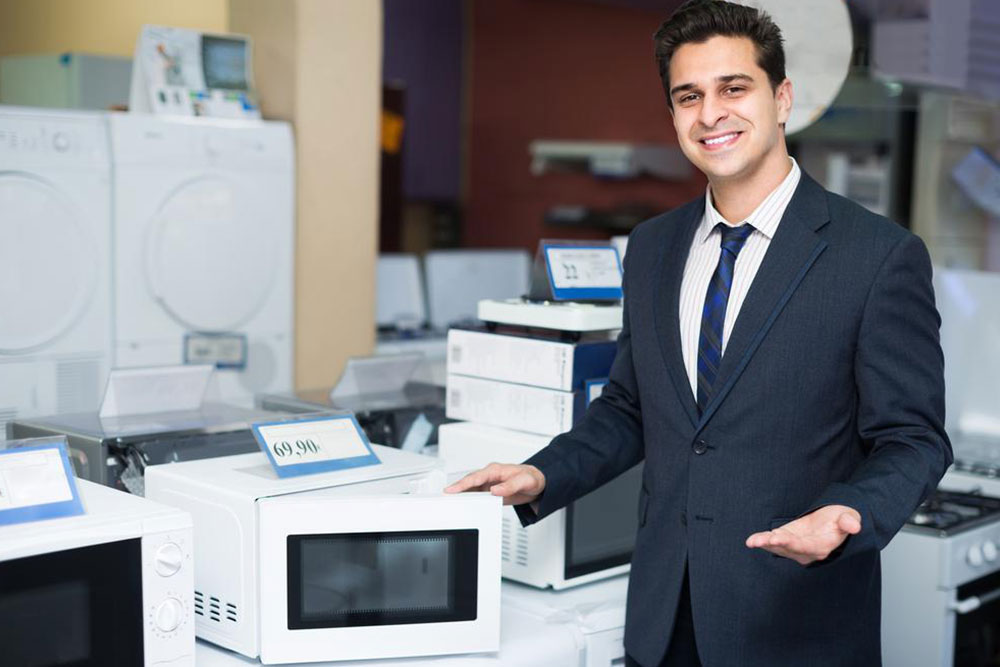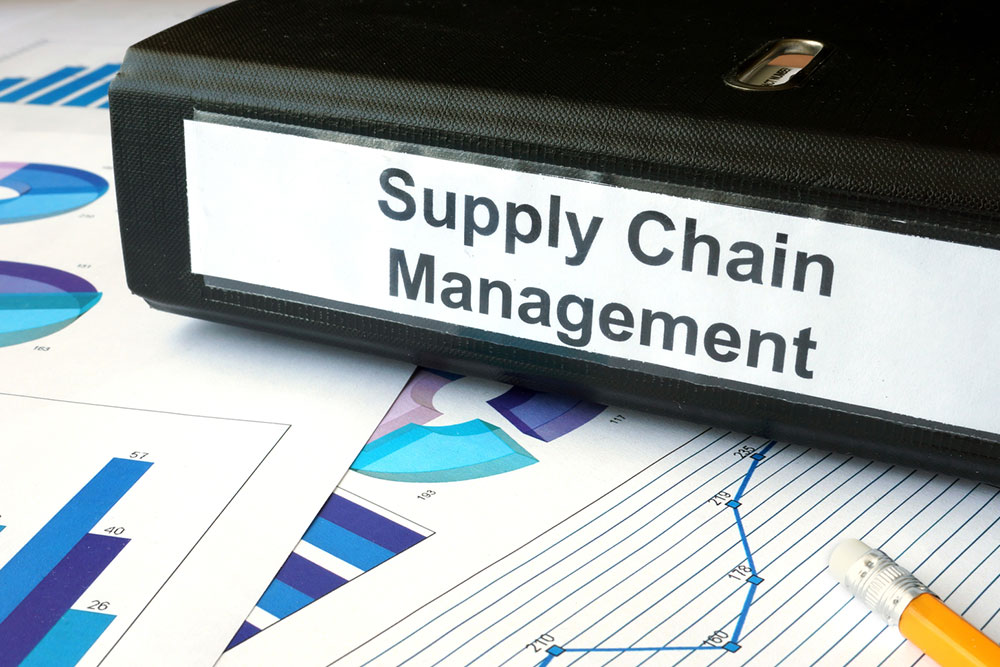Comprehensive Guide to Essential Features of a Restaurant Point of Sale System
Discover the essential features that every modern restaurant POS system must have to ensure efficient operations, enhanced customer experience, and increased profitability. From user-friendly interfaces to advanced inventory management and reliable performance, learn how to choose the right POS to elevate your restaurant business for continued growth.

Crucial Features Every Modern Restaurant POS Must Include
In the fast-paced environment of the hospitality industry, a reliable and efficient Point of Sale (POS) system is vital for ensuring smooth daily operations in restaurants. A well-designed POS system not only accelerates sales transactions but also provides comprehensive tools for cash flow management, inventory control, and detailed reporting. As the backbone of financial and operational processes, selecting the right POS system can significantly influence your restaurant's success. This article explores the essential features that every contemporary restaurant POS system should possess to optimize performance and enhance customer satisfaction.
Intuitive and User-Friendly Interface
One of the most important considerations in choosing a POS system is its interface. An intuitive design reduces the learning curve for staff, enabling quicker onboarding and minimizing errors during transactions. A cluttered or overly complicated system can bog down employees and lead to inefficiencies. Therefore, look for a POS with a clean, straightforward layout that allows staff to navigate seamlessly through sales, orders, and payments. Additionally, scalability is key—select a system that can grow with your business, accommodating new features and larger transaction volumes without sacrificing usability.
High-Speed Performance and Reliability
Staff productivity and customer satisfaction hinge on the speed and dependability of your POS. During peak hours, the system must process transactions swiftly and accurately to avoid long wait times. Opt for hardware solutions with fast response times, whether through dedicated local devices or hybrid systems that combine local processing with cloud connectivity. Hybrid POS systems tend to be more reliable than fully reliant internet-based systems, providing continuous service even during network outages. Ensuring your system has minimal downtime is critical to maintaining a professional image and operational continuity.
Ease of Use with Minimal Training
Beyond simple navigation, the POS should require minimal technical training for staff to operate confidently. Participating in product demonstrations helps gauge the system’s usability. Features like drag-and-drop interfaces, customizable shortcuts, and straightforward checkout processes can streamline daily tasks. A user-friendly POS reduces the potential for mistakes, speeds up service, and boosts overall efficiency. Simplified onboarding also ensures your team can adapt quickly when onboarding new employees or updating staff schedules.
Robust Inventory Management and Advanced Reporting
Effective inventory management is essential for controlling costs, preventing stockouts, and maximizing profitability. An ideal POS system includes integrated inventory controls that track stock levels in real-time, monitor product movement, and alert you when supplies run low. Many systems allow for third-party integrations to expand inventory functionalities further. Moreover, comprehensive reporting capabilities are indispensable. The system should generate key performance indicators (KPIs) such as sales volumes, popular menu items, and profit margins. These insights support smarter decision-making, inventory planning, and marketing strategies. Advanced reporting tools can be built-in or accessed through third-party integrations, offering flexibility based on your specific needs.
Additional Key Features to Consider
Besides core functionalities, consider additional features that can elevate your restaurant operations. These include seamless integration with online ordering platforms, support for various payment methods (credit/debit cards, mobile wallets, contactless payments), and compatibility with kitchen display systems (KDS) for efficient order management. Furthermore, a good POS system should adhere to security standards to safeguard customer and business data, including PCI compliance and encryption protocols. Customer relationship management (CRM) tools embedded in the POS can help you build loyalty programs and personalized marketing campaigns, fostering long-term patronage.
In conclusion, selecting the right restaurant POS system is a strategic decision that impacts every aspect of your business. Focus on solutions that offer an intuitive interface, speed and reliability, ease of use, comprehensive inventory control, and insightful reporting features. By doing so, you’ll streamline operations, improve customer experiences, and increase profitability—key drivers of sustained success in the competitive restaurant industry.





